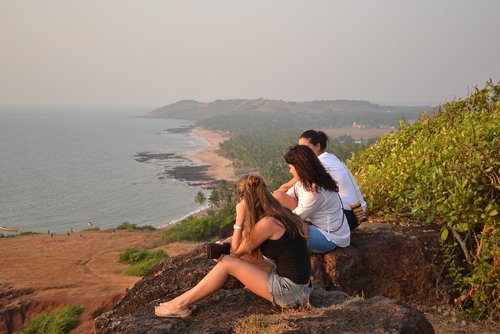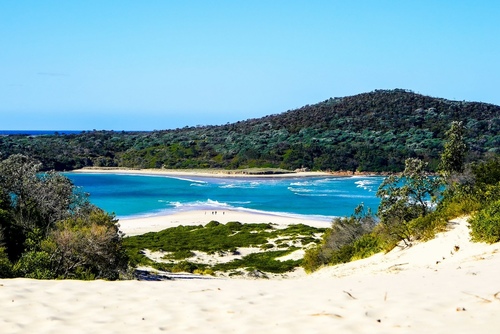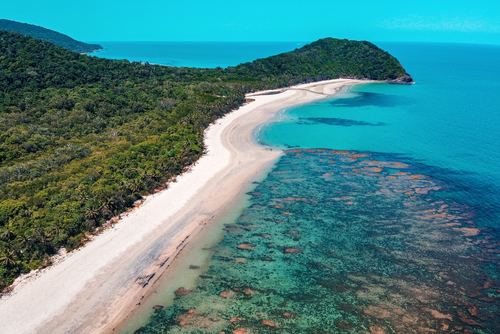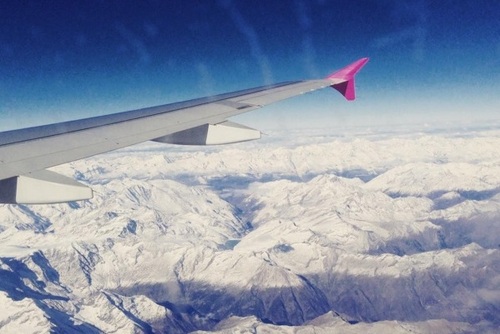The young population which it was named after often referred to the journey as simply 'going to India', while those who wouldn't count themselves as Hippies would coin the route as succinctly 'the overland'.
Early History
The 'Hippies' of the 1960s were classified as so because of their youth, long hair and laid-back lifestyle. The Eastern philosophy of countries like Nepal and Turkey was certainly one of the attractions; though the famous visit of The Beatles to India, Jack Kerouac's 'On the Road' novel and Ginsberg's relocation to Varanasi were all pulling factors in creating the route. In a journey first made by Marco Polo, thousands of rebellious travellers made their way through Central Europe and into Asia, slowly creating an entire tourism industry centred on the 'Hippie Trail' itself.
Routes and Locations
The majority of travellers treading the Hippie Trail were from Western Europe, keen to cast off the oppression of 9-to-5 jobs, financial difficulty and a monotonous lifestyle. Most made their journeys from the European cities of London, Amsterdam and Paris; with American Hippies making their way over on flights and setting off alongside Europeans.
Strictly speaking, the Hippie Trail itself didn't begin until travellers reached Istanbul. From here, the trail deviated between cities, towns and countries, but it generally led through the centre of the Middle East across Iran, Afghanistan, Pakistan and India. The cities of Kathmandu and Goa were popular ending points for the trail and grew to become heavily populated by young Europeans, particularly in the summer.
The End of the Hippie Trail
The Hippie Trail came to an almost immediate end as the 1980s approached, with political instability putting a stop to the aspirations of travellers across the world. Iran's revolution and Russia's invasion of Afghanistan made the route dangerous at best and impossible at worst. Civil wars in Lebanon and high tensions in Indian regions all but obliterated the potential for low-cost travel in the Middle East from 1979 onwards.
The Hippie Trail Today
As a direct result of the instability and poverty of the Middle East, it has become a popular and fashionable travel destination again in recent years. With stability somewhat returning, costs of flights enjoying huge discounts and a desire to help out in a stricken part of the world, once-in-a-lifetime holidays to Goa, Nepal and Iran have crept back into popularity.
The Hippie Trail has been broken up into individual destinations which have become some of the most visited gap year areas for students hoping to see the world before university; often getting involved in charitable and philanthropic work in local areas. Those volunteering abroad and hoping to teach in the Middle East can look forward to endless opportunities and gratitude for their efforts, whilst all the time being able to finally enjoy some of the most beautiful parts of the world.
Reports of the death of the Hippie Trail have been greatly exaggerated!
If you would like to travel across the Hippie you might like to view our options:








